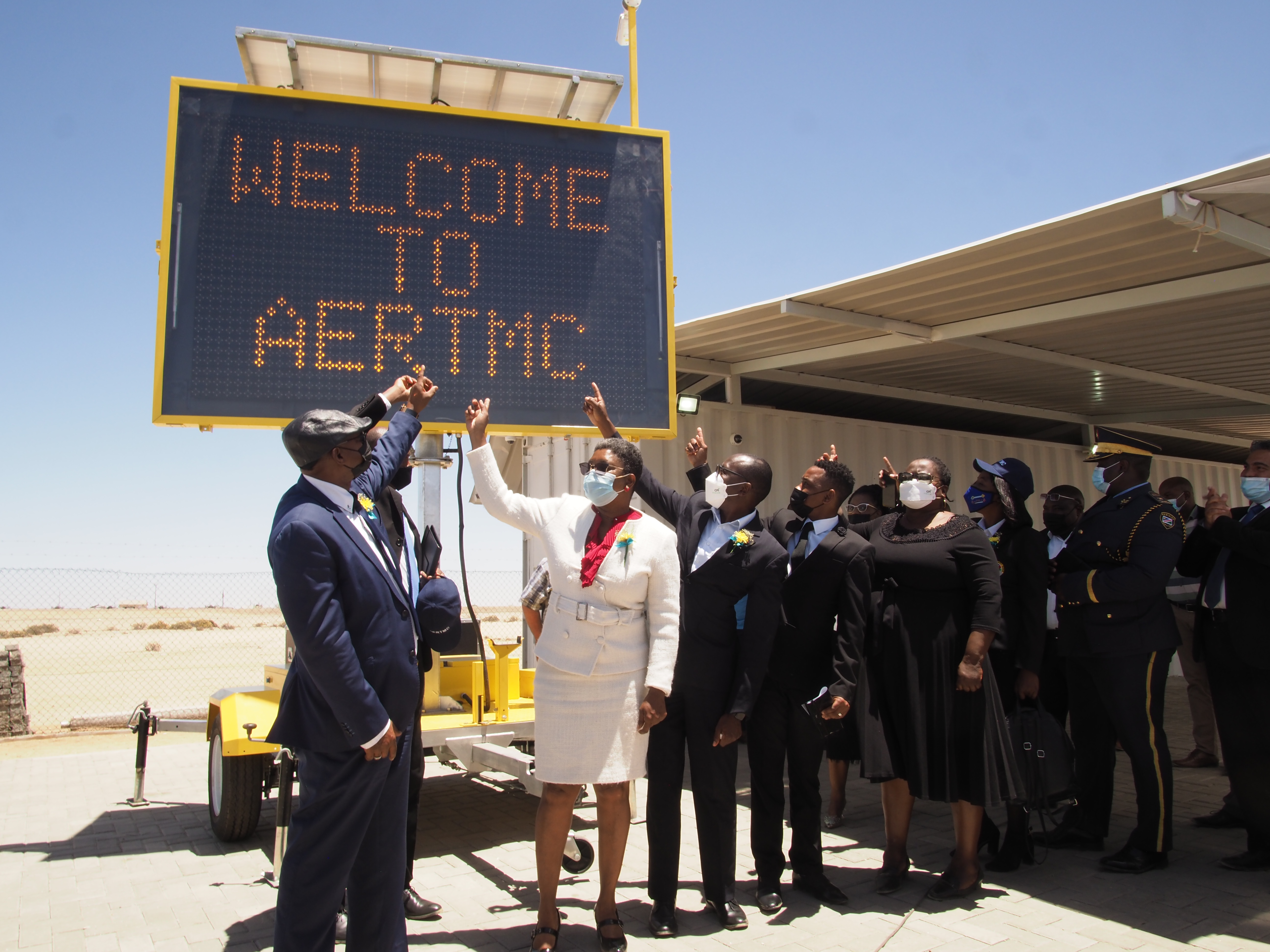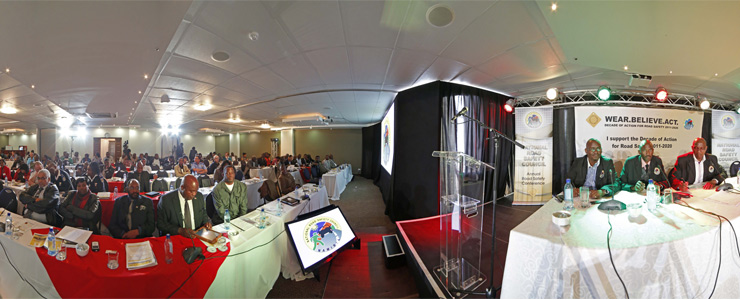Deputy Prime Minister and Minister of International
Relations and Co-operation, Nandi-Ndaitwah Netumbu inaugurated the Interim
Arandis Emergency Response and Traffic Management Centre on 06 December 2021.
According to the Deputy Prime Minister, contemporary
records show on average, Namibia loses about 700 lives per year, which
translates into 27 lives per hundred thousand inhabitants. Being small in terms
of demographics, this is a death toll the country and the economy cannot afford
in-definitely.
“The Arandis Emergency Response and Traffic Management Centre is indeed a
flagship project as it endeavours to infuse a new way of how driver sanity
could be restored on our roads, particularly the project coverage area.
The Chairman of the National Road Safety Council, Eliphas
!Owos-ôab said this day stands out as an indelible milestone in the country’s
road safety history for one good reason, the reason being this initiative is
different and innovative in the Namibian context being the very first of its
kind. According to !Owos-oâb the Interim Centre’s costs amounted to N$27 650
000 (inclusive of Professional fees for the Consultants; Office furniture;
one-year operational costs; potable temporary structure; all the roadside
equipment; military-grade communications network; three VMS (mobile, tactical
and static); Computer infrastructure (both hard and software); security
cameras; air conditioners, and the rest of other equipment.
AERTMC
operations manager Bazil Calogero said that the cameras and their accompanying
sensors are used to monitor vehicles – checking their speed and general driving
behaviour. “The cameras can also identify the vehicle’s number plates
and match it with the owner of the vehicle. This assists with identification
and law enforcement. Several accidents have already been captured by the
cameras, and as a result, could be attended to much faster by emergency and law
enforcement units,” Calogero said.
There are
also electronic signboards that inform motorists of their speed and warn them
to correct their behaviour. Amongst other, these signs also make motorists
aware of road conditions, weather and warn of accidents ahead. “I have worked
on similar projects in South Africa, and once these systems are in place, we
have noted an immediate reduction in accidents. It really does help, so we are
optimistic with the outcome of this system,” Calogero said.
The cameras
and boards are linked to a control center at the Arandis turnoff. This center
is connected to various emergency and law enforcement agencies on a 24/7 basis.
The current center will be replaced by a permanent structure, which will also
include a fire station and other emergency vehicles.
The system
forms part of Namibia’s Second Decade of Action for Road Safety Strategy for
the period 2021 to 2030.




